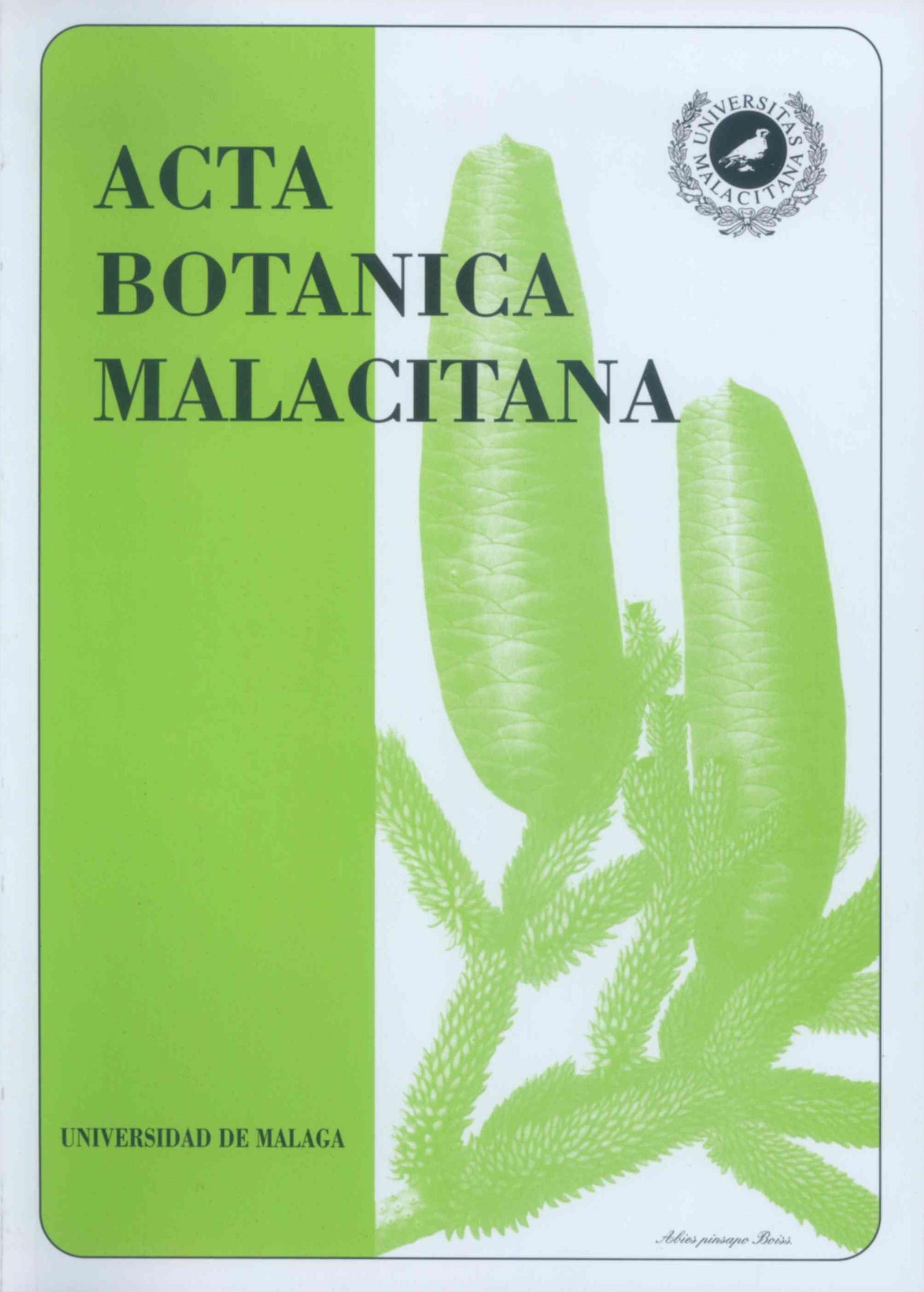The introduction of the theories of E. Acharius (1757-1819) in Spanish lichenology
DOI:
https://doi.org/10.24310/abm.v16i.9154Keywords:
Lichenology, Acharius, SpainAbstract
The system of lichen taxonomy outlined by E. Acharius was introduced in Spain by M. Lagasca and S.R. Clemente. As we now, from contemporary correspondence between M. Lagasca and P. Lallave, the "Methodus..." was received before November 1806. The Acharius "Synopsis..." (1814) was utilized before June 1817; the text was distribuited by the swedish algologist C.A. Agardh among his correspondents A. Cabrera and F. Haenseler.
Before 1807, spanish lichens were sent to E. Acharius by M. Lagasca, L. Dufour and P.K.A. Schousboe, and also, american material of A.J. Cavanilles and J. Dombey. E. Acharius received material from S.R. Clemente's work ("Ensayo..."; 1807) between 1809 and 1814.
Information on location of herbarium material, cited by these mentioned autors is revised.
Downloads
Metrics
Downloads
Published
How to Cite
Issue
Section
License
All information related to the licensing of published works in Acta Botanica Malacitana and copyright can be found in our Editorial Policy.







1.png)
